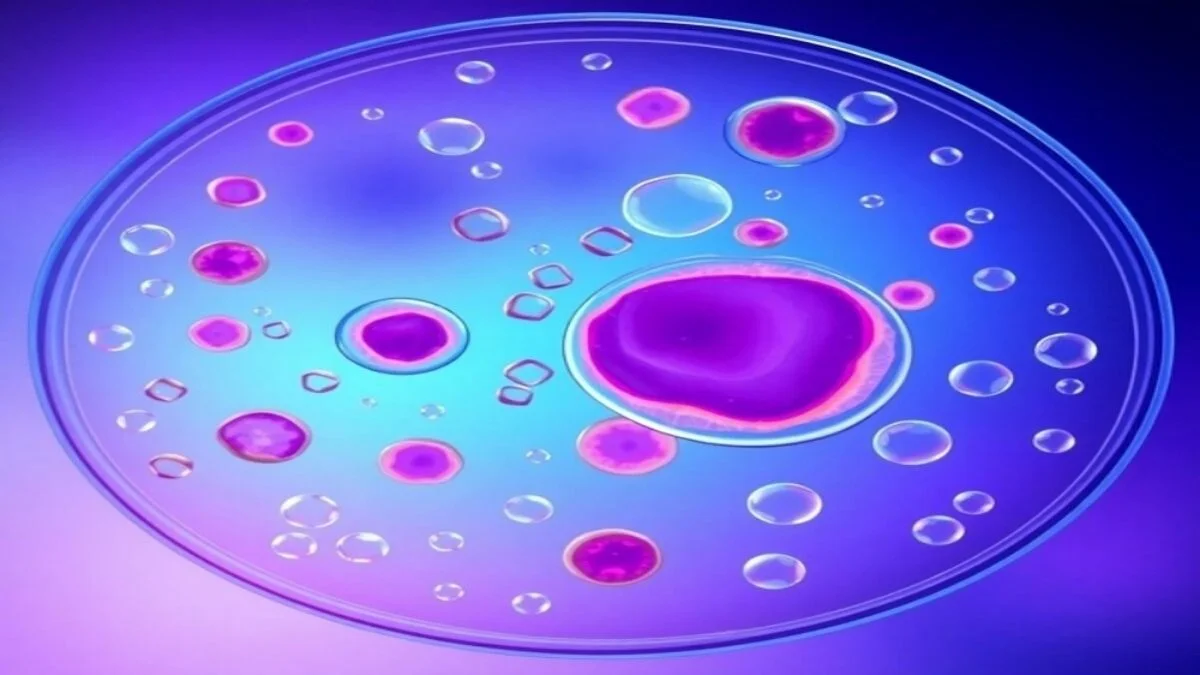HEALTH AND FITNESS
Vero Cells: The Powerhouse of Viral Research and Vaccine Development

In viral research and vaccine development, Vero cells are true champions. These cells are key in modern vaccine production, helping create vaccines for diseases like polio, rabies, and COVID-19. But what makes Vero cells special, and why are they so important for viral research? Let’s explore these microscopic heroes and their huge impact on global health.
Table of Contents
Key Takeaways
| Aspect | Details |
| Origin | Derived from African green monkey kidney cells in 1962 |
| Primary Use | Viral research and vaccine production |
| Key Advantages | Continuous growth, high susceptibility to viruses, safety for human use |
| Major Applications | Production of vaccines for polio, rabies, influenza, and COVID-19 |
| Future Directions | Improving growth rates, enhancing virus yield, developing animal-free cultivation methods |
What Are Vero Cells?
Vero cells are lab cells from an African green monkey’s kidney. They can keep growing and dividing forever, which makes them really useful for scientists. Researchers found these cells in 1962, and now they’re used a lot for studying viruses and making vaccines. They’re great at letting different kinds of viruses grow inside them.
One cool thing about Vero cells is how good they are at letting viruses grow inside them. This helps scientists study viruses and figure out how to stop them. It’s like giving viruses a playground where researchers can watch them closely and learn all about them.
Why Are Vero Cells Essential for Vaccine Development?
They are super important for making vaccines. Here’s why:
1. Viral Vaccine Production
When scientists make vaccines, they often need to grow lots of viruses. These cells are perfect for this. They help make vaccines for diseases like:
- Polio
- Rabies
- Influenza (the flu)
- COVID-19
2. Advantages of Using Vero Cells
They have some great features that make them ideal for vaccine research:
- Safety: They don’t contain human germs, so they’re safer to use.
- Scalability: Scientists can grow lots of Vero cells, which is great for making large amounts of vaccines.
- High Yield: Viruses grow really well in Vero cells, which means more vaccine can be made.
- Consistency: They provide a reliable way to grow viruses, ensuring vaccines are made the same way each time.
- Adaptability: These cells can grow in different conditions, which is helpful for vaccine production.
Safety
Free from human pathogens
Scalability
Can be grown in large quantities
High Yield
Excellent virus growth
Versatility
Used for vaccines and drug testing
3. Antiviral Drug Testing
They also help test new medicines that fight viruses. Scientists use them to see if a new drug can stop a virus from growing. This helps researchers find new ways to treat viral diseases.
How Scientists Grow Vero Cells
Growing Vero cells is like taking care of a tiny garden, but with cells instead of plants. Here are some ways scientists do it:
1. Microcarrier Technology
This is like giving the cells tiny beads to grow on. The cells stick to these beads and float in a special liquid.
2. Fixed-Bed Bioreactor Systems
Imagine a high-tech hotel for cells. In this system, cells have a comfy place to grow and everything they need is brought right to them.
3. Suspension Culture Techniques
This is when scientists try to get the cells to grow while floating in liquid. It’s tricky, but if it works, it could make growing lots of cells much easier.
Vero Cell Cultivation Methods
Microcarrier Technology
Fixed-Bed Bioreactor Systems
Suspension Culture Techniques
Challenges and Future Directions
Even though Vero cells are amazing, scientists are always trying to make them even better. Here are some things they’re working on:
- Making Vero cells grow faster and produce more viruses
- Finding ways to grow Vero cells without using animal products
- Using cool new technologies like gene editing to improve Vero cells
- Developing 3D culture systems
- Improving cryopreservation methods
Researchers are also looking at how to make vaccine production cheaper and faster. This is super important because it could help more people around the world get the vaccines they need.
| Challenge | Description | Status | Importance |
| Increasing cell growth rate | Improving Vero cell proliferation speed | In Progress | High |
| Enhancing virus production | Maximizing viral yield from Vero cells | In Progress | High |
| Animal-free cultivation | Developing methods to grow Vero cells without animal products | Early Research | Medium |
| Gene editing applications | Using advanced technologies to improve Vero cell lines | Early Research | Medium |
| Cost reduction | Making vaccine production more affordable | Ongoing | High |
| Production speed | Accelerating the vaccine manufacturing process | Ongoing | High |
| Ethical considerations | Addressing concerns about animal cell use in research | Ongoing | Medium |
| Synthetic alternatives | Researching lab-created cells to replace Vero cells | Early Research | Low |
Ethical Considerations
Using cells from animals for medical research can bring up some tricky questions. Scientists have to be really careful and follow strict rules when they use Vero cells. They always make sure that using these cells is safe and that it’s the best way to create vaccines that can help people. Researchers are thinking about:
- The ethical implications of using animal-derived cell lines in medical research and product development
- Balancing the potential benefits to human health against animal welfare considerations
- Developing and implementing guidelines for the ethical sourcing and use of animal-derived cell lines
- Exploring alternatives to animal-derived cell lines that could potentially replace Vero cells in the future
Some researchers are also looking into whether they can create cells in the lab that work just as well as Vero cells but don’t come from animals. This is an exciting area of research that could change how we make vaccines in the future. These synthetic alternatives could offer several advantages:
- Eliminating ethical concerns related to the use of animal-derived cells
- Providing more consistent and standardized cell lines for research and vaccine production
- Allowing for custom-designed cell lines with specific characteristics optimized for particular applications
- Reducing the risk of contamination with animal pathogens or other unwanted biological material
Conclusion: The Ongoing Importance of Vero Cells
Vero cells are true heroes in the world of medical research. They’ve helped scientists create vaccines that have saved millions of lives around the world. From fighting old enemies like polio to tackling new challenges like COVID-19, Vero cells have been there, quietly doing their important work. Their contribution to global health cannot be overstated, as they have played a crucial role in:
- Developing and producing vaccines for a wide range of viral diseases
- Advancing our understanding of virus-host interactions and viral pathogenesis
- Providing a reliable platform for antiviral drug screening and development
- Enabling rapid responses to emerging viral threats and pandemics
As we look to the future, Vero cells will continue to play a crucial role in keeping us healthy. Scientists are always finding new ways to use these amazing cells, and who knows what incredible discoveries they might help us make next?
Whether you’re a budding scientist, a curious student, or just someone who wants to understand more about how vaccines are made, learning about Vero cells opens up a fascinating world of microscopic wonders. These tiny cells remind us of the incredible power of science to make our world a healthier, safer place.
Was this article helpful to you? If so, make sure to check out our blog for more useful information and resources.
-

 GENERAL2 months ago
GENERAL2 months agoUncovering the World of кинокрадко: The Dark Side of Film Piracy
-

 GENERAL1 month ago
GENERAL1 month agoUnveiling the Art of преводсч: How Translators Bridge Language Barriers
-

 YOGA1 year ago
YOGA1 year ago4 Person Yoga Poses for Beginners
-

 GENERAL2 months ago
GENERAL2 months agoThe Journey of iamnobody89757: From Anonymous User to Internet Sensation























